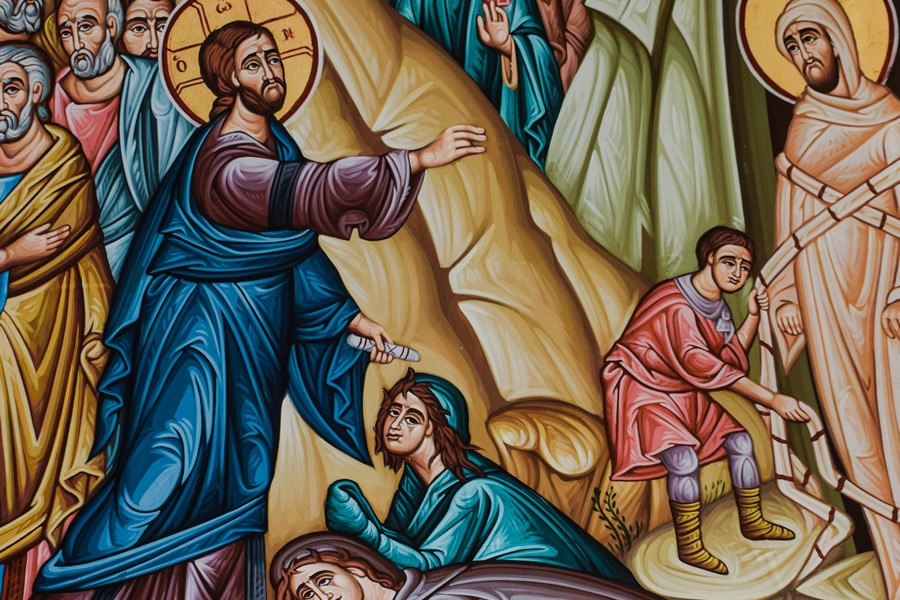
Total Freedom From Sin
03-26-2023Weekly Reflection“Lazarus, come out!” The dead man came out, tied hand and foot with burial bands, and his face was wrapped in a cloth. So Jesus said to them, “Untie him and let him go.” John 11:43–44
The death of Lazarus can be seen as a symbolic representation of the soul that has died from mortal sin. This is similar to the fact that leprosy, physical ailments and the like are also symbols of sin. For that reason, Jesus’ initial reactions reveal how we should respond to serious sin in our lives.
READ MORE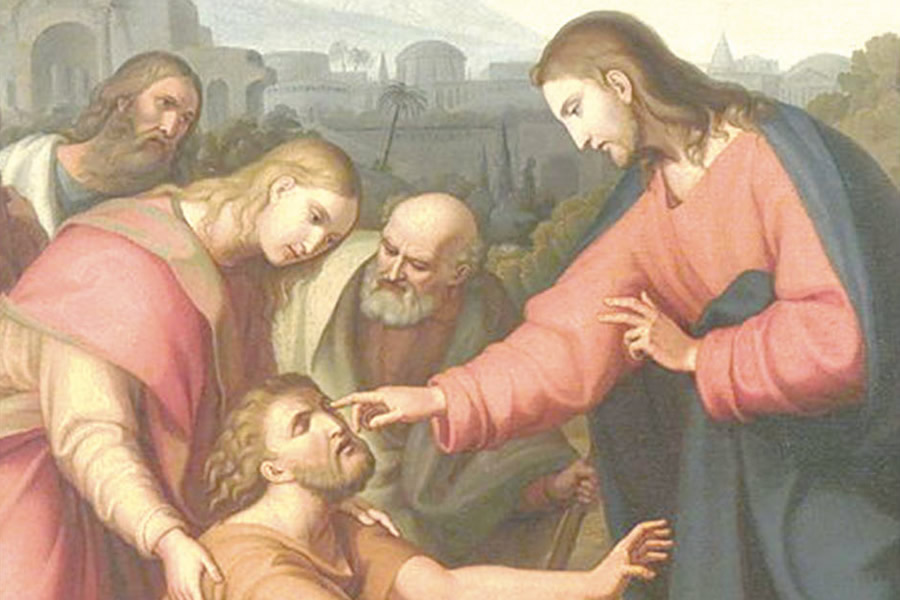
The Holy Drama of Grace
03-19-2023Weekly ReflectionWhen Jesus heard that they had thrown him out, he found him and said, “Do you believe in the Son of Man?” He answered and said, “Who is he, sir, that I may believe in him?” Jesus said to him, “You have seen him, and the one speaking with you is he.” He said, “I do believe, Lord,” and he worshiped him. John 9:35–38.
This is the conclusion to the story of the healing of the man born blind. It is the fifth of seven signs (miracles) in John’s Gospel that point to the divinity of our Lord. This healing especially confirmed Jesus’ teaching from the previous chapter: “I am the light of the world. Whoever follows me will not walk in darkness, but will have the light of life” (John 8:12).
READ MORE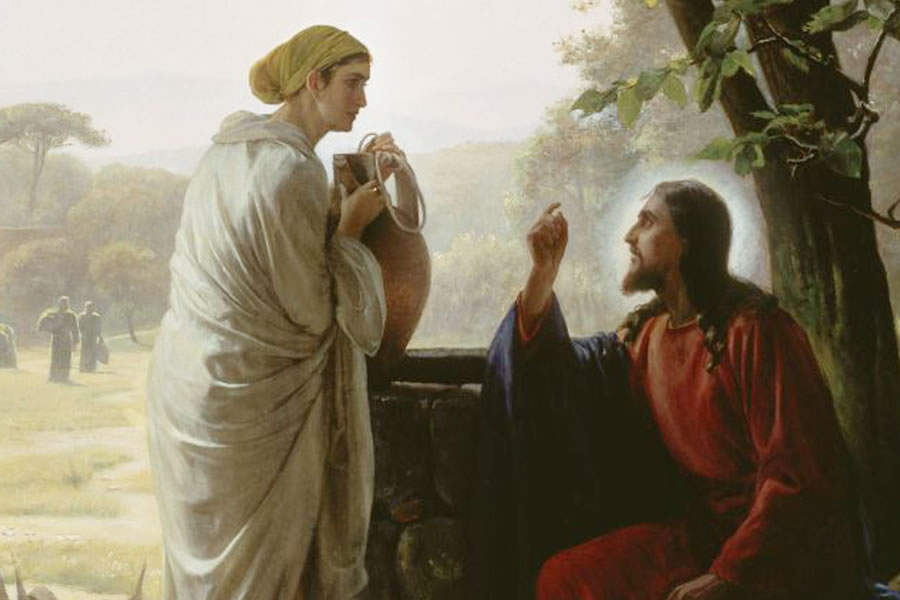
Living Water for a Thirsty Soul
03-12-2023Weekly ReflectionJesus came to a town of Samaria called Sychar, near the plot of land that Jacob had given to his son Joseph. Jacob’s well was there. Jesus, tired from his journey, sat down there at the well. It was about noon. A woman of Samaria came to draw water. Jesus said to her, “Give me a drink.” John 4:5–7
Today, throughout the world, Catholic liturgies will celebrate the first of three Scrutinies of those adults who are preparing to receive the Sacraments of Initiation at the Easter Vigil. The word “scrutiny” comes from the Latin word scrutari which means an inquiry, close examination or search of something. It originally referred to rummaging through rubbish so as to find something of value. In a sense, this is what God does with all of us.
READ MORE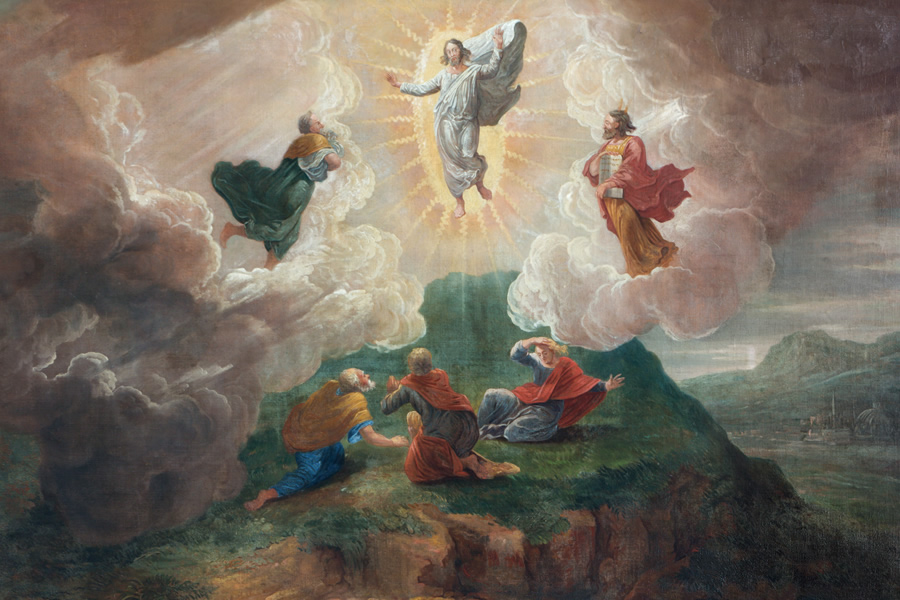
Continuing the Mission
03-05-2023Weekly ReflectionJesus took Peter, James, and John his brother, and led them up a high mountain by themselves. And he was transfigured before them; his face shone like the sun and his clothes became white as light. And behold, Moses and Elijah appeared to them, conversing with him. Matthew 17:1-3
This was not the first time that the Son of God spoke to Moses and Elijah on a high mountain. Recall that Moses was called up to Mount Sinai (also called Horeb) to be with the Lord for forty days and forty nights, during which time the finger of God inscribed the Law on tablets, given to Moses to give to the people.
READ MORE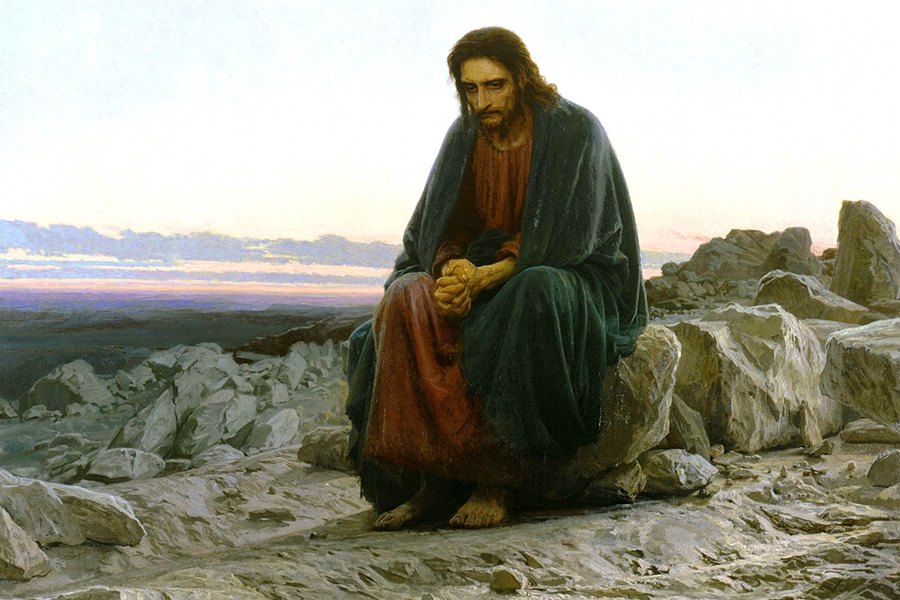
Forty Days = Your Entire Life
02-26-2023Weekly ReflectionAt that time, Jesus was led by the Spirit into the desert to be tempted by the devil. He fasted for forty days and forty nights, and afterwards he was hungry. Matthew 4:1–2
“Forty” is a significant number. In Scripture, it is used more than 145 different times. For example, the rain during the Great Flood lasted forty days and forty nights. Each time Moses went up Mount Sinai, he remained there for forty days and nights. The Israelites wandered in the desert for forty years. After His resurrection, Jesus appeared to His disciples for forty days before ascending into Heaven.
READ MORE
Love of Neighbor
02-19-2023Weekly ReflectionThe last two antitheses offered in the Sermon on the Mount deal with love of enemies. We should not look at “an eye for an eye” as an inordinately strict punishment. It is actually meant to limit acts of revenge by making sure the punishment is not excessive but fits the crime. However, Jesus asks His followers to take a different approach by resisting retaliation altogether. The response to a stronger person who slaps us on the cheek, takes us to court, or demands a service of us is not to resist. Similarly, for a weaker person, such as a beggar or borrower, we are to give him or her what he or she asks for. Those who are called to the Kingdom of Heaven are to go beyond the way the world usually works and serve God’s Kingdom here on earth.
READ MORE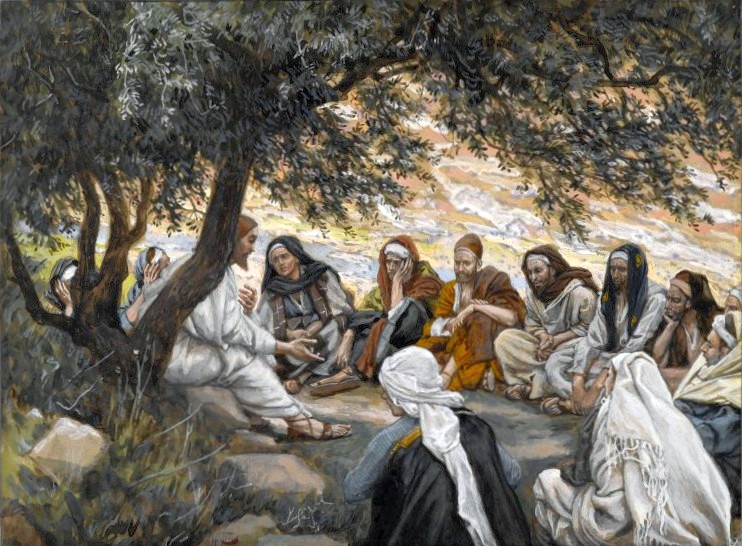
The Fullness of Righteousness
02-12-2023Weekly ReflectionJesus said to his disciples: “I tell you, unless your righteousness surpasses that of the scribes and Pharisees, you will not enter the kingdom of heaven.” Matthew 5:20–22
The scribes and Pharisees were masters of the Old Law. Now that the Messiah had arrived, they were unwilling to go deeper and move beyond the Old Testament teachings that they often misrepresented. They preferred a black-and-white approach to morality that had been with them for centuries and did not want to change when presented with Jesus’ new and higher calling.
READ MORE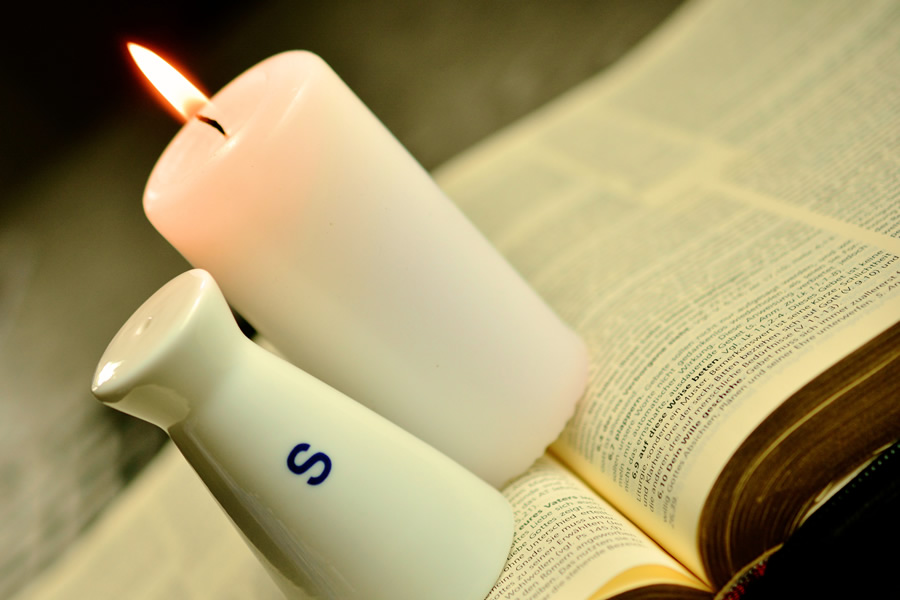
In The Spotlight
02-05-2023Weekly ReflectionOur society loves celebrity. We love it so much that we’ve created a whole social class of them, people who are celebrated: celebrities. The place we often find them is “in the spotlight.” But in one of His usual twists on our usual assumptions about what is right and good, Jesus today informs us that we shouldn’t be in the spotlight, we should be the spotlight.
READ MORE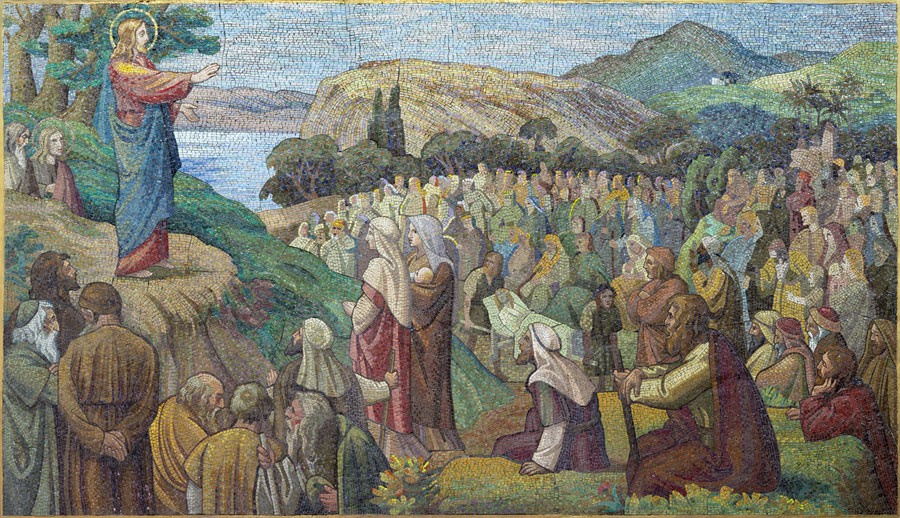
Rejoice and Be Glad
01-29-2023Weekly ReflectionToday’s Gospel reading is the beginning of Jesus’ Sermon on the Mount, which is found in Matthew’s Gospel. The form of the Beatitudes found here is not unique to Jesus. Beatitudes are found in the Old Testament, in the psalms, and in wisdom literature, for example. They are a way to teach about who will find favor with God.
We quickly note in this reading that the people whom Jesus calls “blessed” and “happy” are not people we think of as blessed or happy . . . the poor in spirit, the meek, the persecuted. This Gospel is one of reversals. Jesus’ blueprint for happiness reflects little of what the world might call happiness.
READ MORE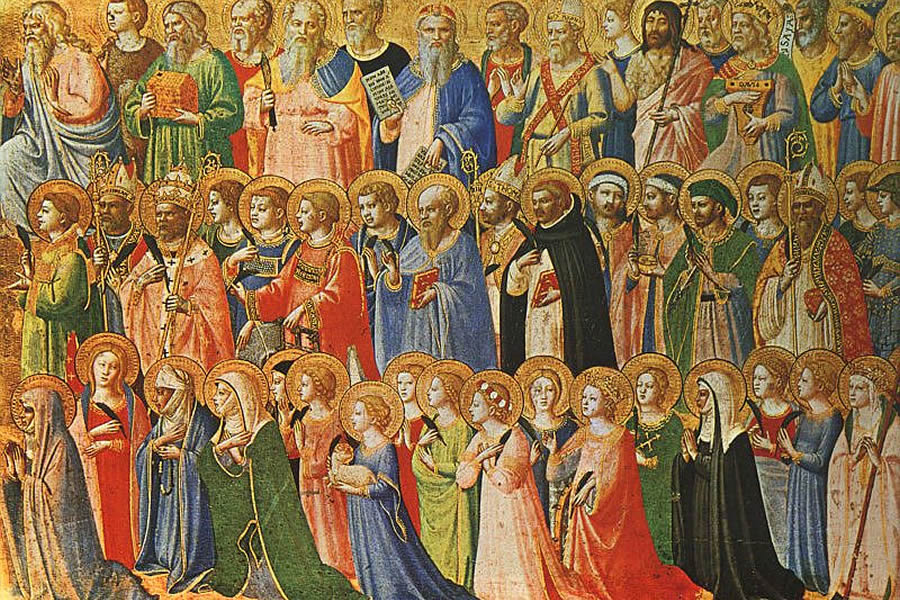
God’s Word as Life-Giving and Life-Changing
01-18-2023Weekly ReflectionIn a family, communication is essential for unity. But when someone joins a family, whether it be an infant or an in-law, it can be bewildering; so much family communication is based on a common understanding that the newcomer lacks. Fortunately, in the family of God, we are not left to bumble about unaided.
READ MORE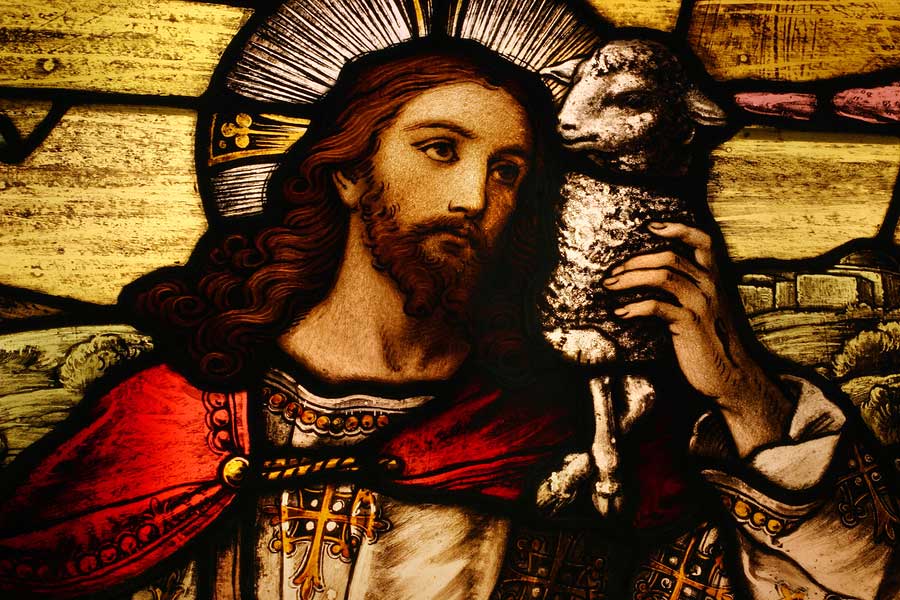
We Are Called To Make Jesus Known To All The World
01-15-2023Weekly ReflectionThis Sunday we break from our reading of Matthew’s Gospel (the primary Gospel for our current liturgical cycle, Cycle A) to read from John’s Gospel. We heard Matthew’s account of Jesus’ baptism last Sunday, on the feast of the Baptism of the Lord. Today, we hear John the Baptist’s testimony about Jesus as found in John’s Gospel. John’s Gospel differs from the other Gospels because John does not describe Jesus’ baptism by John the Baptist. Instead, John the Baptist announces that he knows that Jesus is the Son of God.
In today’s reading, John the Baptist sees Jesus approaching and cries out, giving witness about who Jesus is. In John’s testimony he says that he saw the Spirit descend upon Jesus. By this sign, John the Baptist knew that Jesus was the one who is to come after him.
READ MORE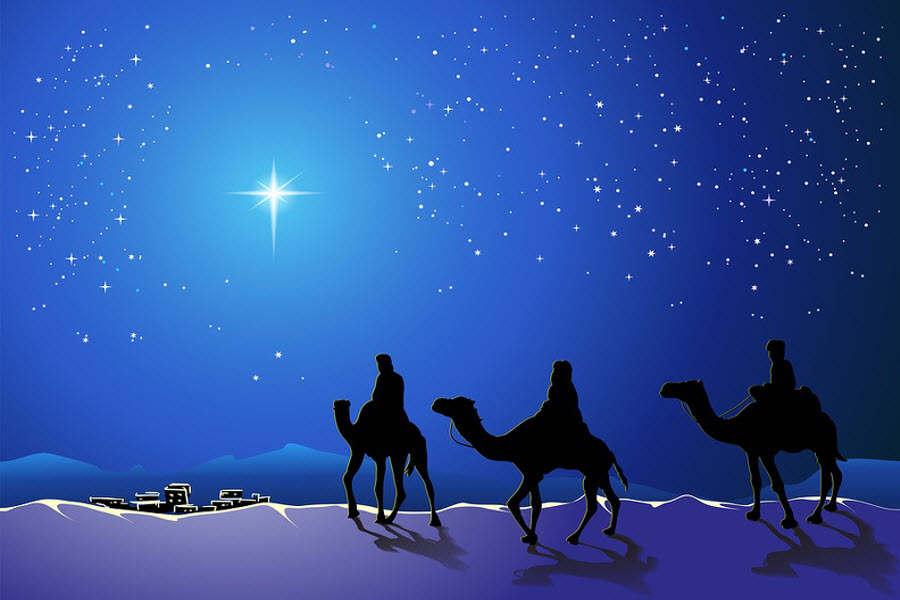
The Magi Represent Our Search for Jesus
01-08-2023Weekly ReflectionThe visit of the Magi occurs directly before the story of the Holy Family’s flight into Egypt. Matthew’s Gospel tells a version of Jesus’ birth that is different than the one in Luke. Of the actual birth of Jesus, Matthew tells us little more than, “When Jesus was born in Bethlehem of Judea, in the days of King Herod . . . ” The story of the census is found only in Luke’s Gospel, but we hear about the visit of the Magi only in Matthew’s Gospel.
We know little about the Magi. They come from the East and journey to Bethlehem, following an astrological sign, so we believe them to be astrologers. We assume that there were three Magi based upon the naming of their three gifts. The Gospel does not say how many Magi paid homage to Jesus. In Matthew’s Gospel, they represent the Gentiles’ search for a savior. Because the Magi represent the entire world, they also represent our search for Jesus.
READ MORE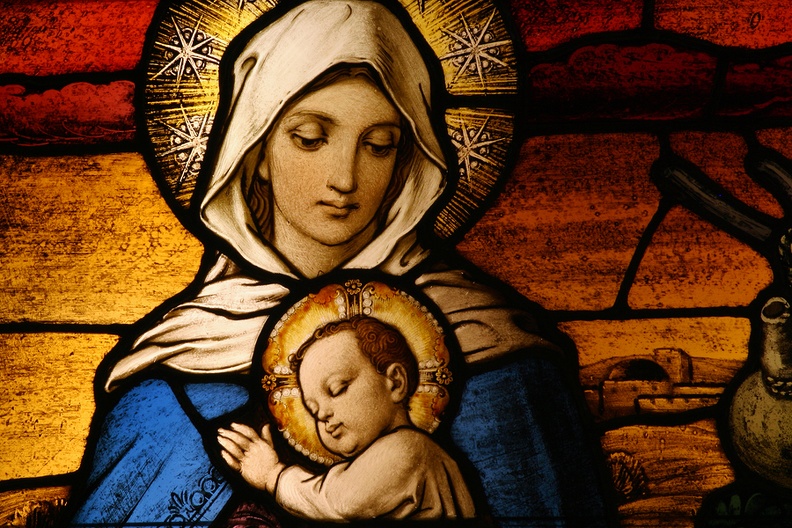
Mary, Mother of God
01-01-2023Weekly ReflectionDiscipleship means Prayer and reflection, Obedience to God and God's will, and Fidelity to a community of faith.
Today’s reading is a continuation from the Gospel proclaimed at the Christmas Mass at midnight. In it the shepherds act upon the message they receive from the angel and go to find Jesus in the manger in Bethlehem. In their visit to the manger, the shepherds find things just as the angel had said. The shepherds’ visit, therefore, is a moment of fulfillment, manifestation, and the beginning of the salvation we receive through Christ.
In the context of today’s Solemnity, this reading also helps us focus on Mary as the Mother of God. The reading tells us at least three things about Mary as a mother. First, Mary is described as a reflective person, keeping the reports of the shepherds in her heart. Second, we are reminded of how obedient Mary was to God when she named the baby Jesus as the angel Gabriel had directed. Third, this reading shows Mary and Joseph faithfully observing their Jewish tradition by having Jesus circumcised.
READ MORE